Deck & Commander Strategies

Grist, the Hunger Tide
Grist aims to fill the graveyard quickly and then combo off by reanimating creatures like Protean Hulk or utilizing Hordeling Broodlord, leveraging graveyard synergies and sacrifice outlets for a lethal loop.
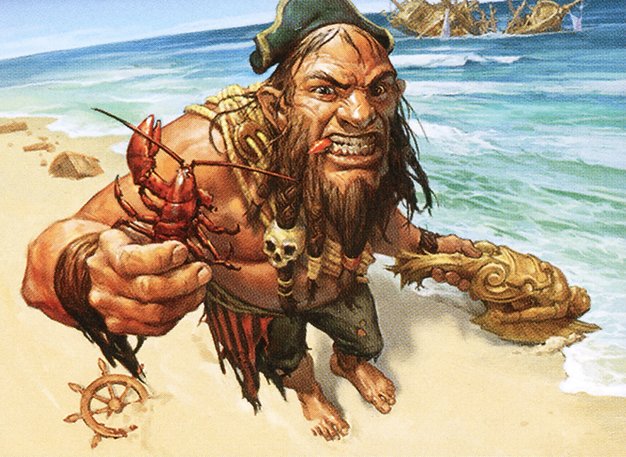
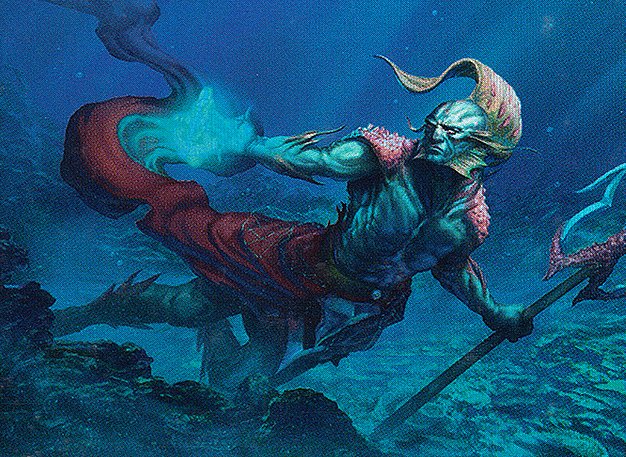
Dargo, the Shipwrecker & Thrasios, Triton Hero
This deck uses Thrasios as a card advantage engine and aims to win through infinite mana combos involving Dargo’s sacrifice abilities, generating value and controlling the board with efficient spells.
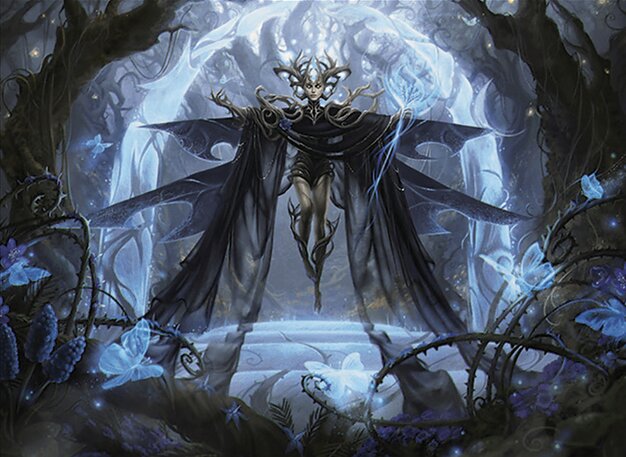
Talion, the Kindly Lord
Talion’s deck focuses on slowing the game down with control elements, aiming to win through combos involving Athreos, Oracle of Half-Truths or Bloodchief Ascension by locking opponents out and drawing cards.

Etali, Primal Conqueror
Etali’s deck looks to repeatedly cast Etali or create copies to exile opponents’ libraries, either winning by decking everyone out or finding another powerful combo enabled by Etali’s aggressive disruption.
Gameplay Insights
- 1
Grist’s insect token generation combined with milling key cards was critical for setting up its graveyard combo, showcasing the power of proactive graveyard development in Golgari colors.
- 2
Dargo/Thrasios prioritized Thrasios activations for card advantage while preparing infinite mana combos, illustrating the importance of balancing mana generation with card selection.
- 3
Talion’s control approach forced opponents to be cautious, demonstrating how slowing down the game can create windows for assembling complex combos safely.
- 4
The sacrifice of an insect token to destroy a threatening creature like Bergie highlighted the utility of Grist’s minus ability as both a defensive and offensive tool.
- 5
Use of tutors like Vampiric Tutor and Worldly Tutor at key points allowed players to find combo pieces or answers efficiently, underlining the significance of tutoring in competitive EDH.
- 6
Strategic decisions on whether to activate combos in the main phase or hold priority for instant-speed plays underscored the high-level decision-making typical in cEDH gameplay.
- 7
Players’ reluctance to counter certain spells due to resource considerations showed the nuanced risk assessment involved in managing countermagic versus board threats.
Notable Cards
-
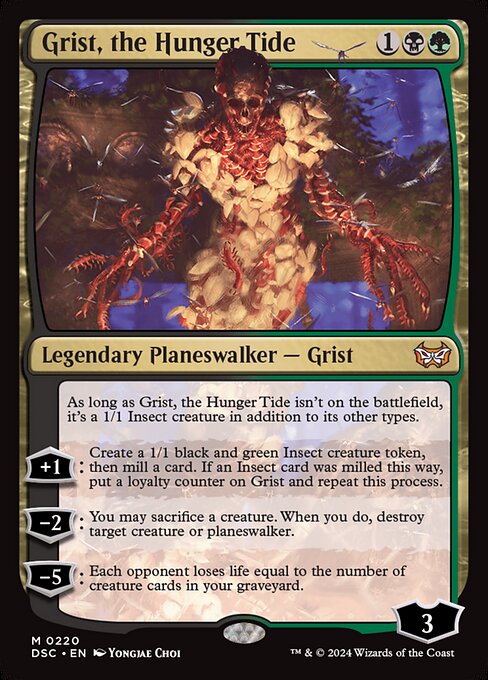
Grist, the Hunger Tide
-

Dargo, the Shipwrecker
-

Thrasios, Triton Hero
-

Talion, the Kindly Lord
-

Etali, Primal Conqueror // Etali, Primal Sickness
-

Arcane Signet
-

Vampiric Tutor
-
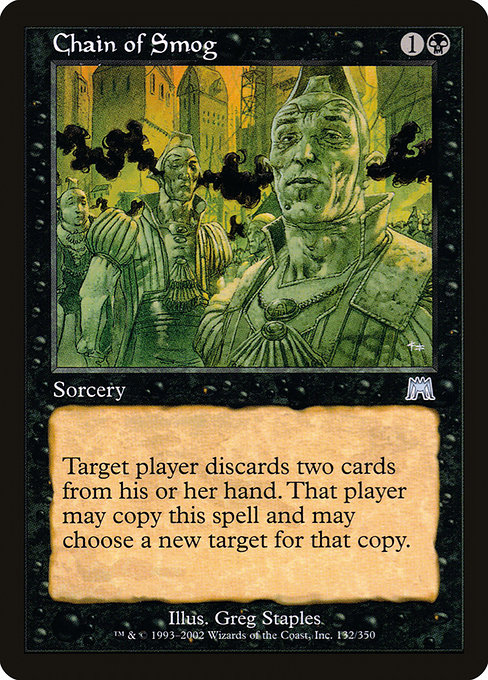
Chain of Smog
-
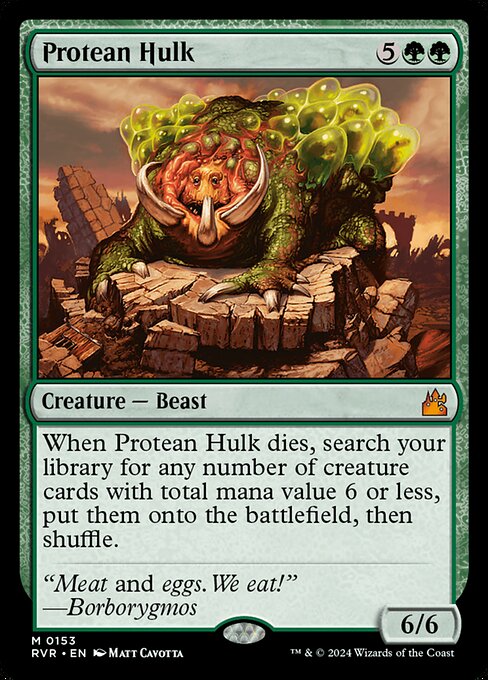
Protean Hulk
-

Bloodchief Ascension
-
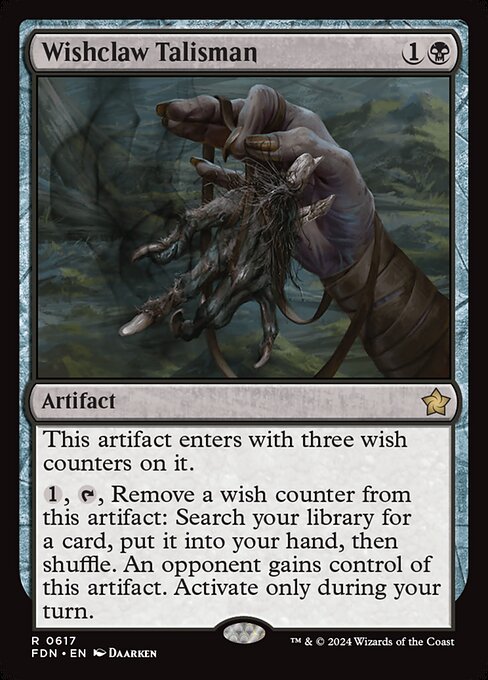
Wishclaw Talisman
-

Force of Will
-
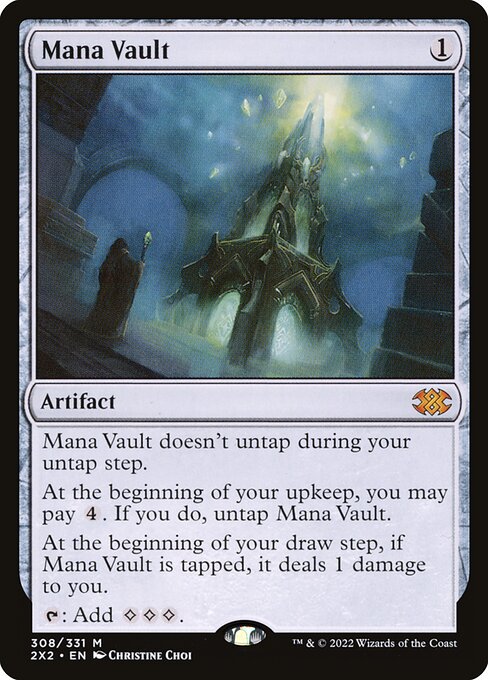
Mana Vault
-

Carpet of Flowers
-

Worldly Tutor
Gameplay Summary
The game featured a competitive four-player Commander match with Grist, Dargo/Thrasios, Talion, and Etali decks vying for control and a swift victory.
Early game saw players developing their mana bases and setting up key pieces: Grist focused on graveyard filling and milling, Dargo/Thrasios aimed to generate card advantage and prepare for infinite mana combos, Talion worked on controlling the board and assembling a slow but lethal combo, and Etali sought to repeatedly cast itself or create copies to exile opponents' libraries.
A pivotal moment arose when Grist activated its ability to generate insect tokens and mill key cards, including combo enablers like Chain of Smog and Protean Hulk, fortifying its graveyard strategy.
Meanwhile, Dargo/Thrasios leveraged card advantage engines like Arcane Signet and Thrasios activations to maintain board presence and prepare for combo turns.
Talion’s control elements prompted cautious play from opponents, slowing down the early aggression and forcing careful resource management.
The table witnessed key interactions such as Grist sacrificing insects to destroy powerful creatures like Bergie, and Dargo casting for value while preparing sacrifice loops.
The game progressed with each player maneuvering to either assemble their combo or disrupt others, with Grist’s graveyard recursion and Dargo/Thrasios’s infinite mana lines shaping the late game tension.
The match’s momentum swung on timely removal and counterspells, with strategic choices around when to go off or hold back to avoid interruption.
The game underscored the importance of balancing board development, disruption, and combo assembly in a high-powered cEDH environment.




































